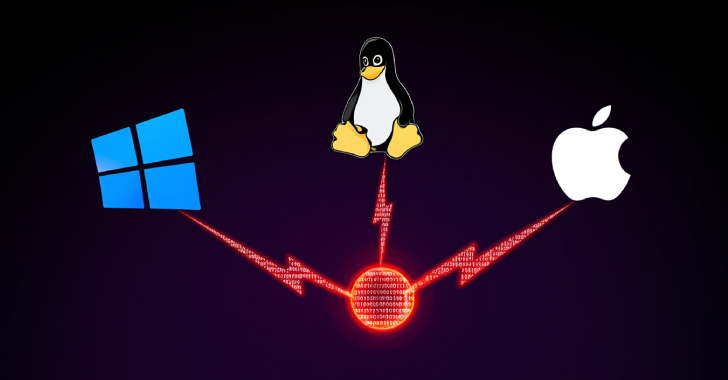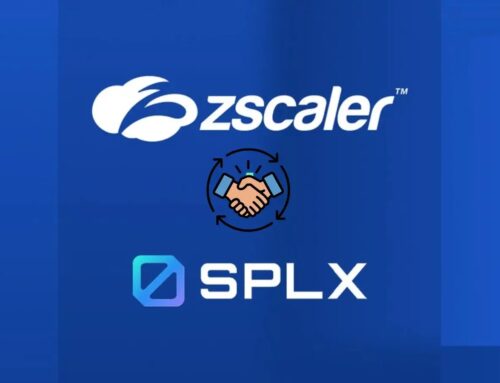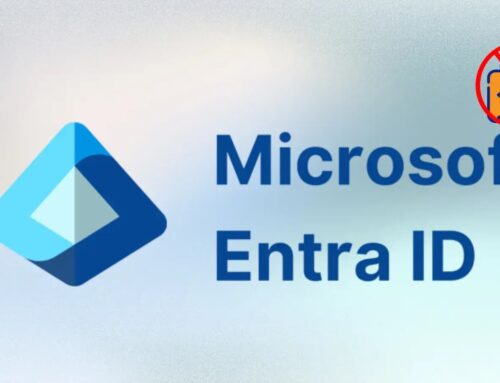
Hackers Found Using CrossC2 to Expand Cobalt Strike Beacon’s Reach to Linux and macOS
The cybersecurity landscape is constantly shifting, with threat actors relentlessly innovating to circumvent defenses. A significant concern for organizations running diverse operating systems has recently emerged: the expansion of the formidable Cobalt Strike beacon beyond its traditional Windows stronghold. New research reveals a worrying trend where attackers are leveraging a sophisticated command-and-control (C2) framework named CrossC2 to extend Cobalt Strike’s reach to Linux and macOS environments. This development significantly broadens the attack surface and demands immediate attention from security professionals.
Cobalt Strike’s Evolution: Beyond Windows Boundaries
For years, Cobalt Strike has been a red team’s tool of choice, and consequently, a potent weapon in the hands of malicious actors. Its modularity and sophistication in simulating post-exploitation activities make it incredibly effective for establishing persistence, performing lateral movement, and exfiltrating data. Traditionally, its beacon—the executable agent that communicates with the C2 server—was primarily associated with Windows systems. This allowed some organizations to focus their advanced detection efforts narrowly. However, the introduction and observed use of CrossC2 fundamentally change this paradigm.
Understanding CrossC2: Enabling Cross-Platform Control
CrossC2 is a specialized C2 framework designed precisely to overcome the operating system limitations of Cobalt Strike. It essentially acts as a bridge, enabling the deployment and control of Cobalt Strike beacons on non-Windows platforms. Japan’s CERT coordination center (JPCERT/CC) recently highlighted this concerning trend, reporting incidents detected between September and December 2024 where CrossC2 was actively utilized. This shift signifies a concerted effort by adversaries to achieve true cross-platform system control from a single C2 infrastructure.
- Expanded Reach: CrossC2 allows threat actors to deploy Cobalt Strike beacons on Linux servers, workstations, and even Apple macOS devices. This dramatically expands the potential targets for advanced persistent threats (APTs).
- Unified Control: For attackers, this means a single C2 instance can manage compromised endpoints across different operating systems, streamlining their operations and increasing efficiency in multi-platform environments.
- Increased Concealment: Deploying familiar attack tools like Cobalt Strike on unexpected operating systems can help evading detection, as security teams often tailor their detection rules based on historical attack patterns.
Implications for Security Professionals
This evolving threat necessitates a reassessment of existing security postures. Organizations running a mix of Windows, Linux, and macOS systems are particularly vulnerable. The ability of a single Cobalt Strike instance to compromise heterogeneous environments complicates incident response and requires a more holistic approach to endpoint detection and response (EDR).
- Enhanced Detection Evasion: Many existing detection signatures for Cobalt Strike are Windows-centric. New, sophisticated detections are required for Linux and macOS environments.
- Broader Attack Surface: Every Linux server, macOS workstation, or developer machine is now a potential entry point for a Cobalt Strike compromise.
- Lateral Movement Risk: Once a single system is compromised, regardless of its OS, the beacon can facilitate lateral movement to other systems, including those running different operating systems, within the network.
Remediation Actions and Proactive Defenses
Combating this expanded threat requires a multi-layered and proactive defense strategy. Organizations must assume that their non-Windows systems are now just as attractive targets for advanced C2 frameworks as their Windows counterparts.
- Comprehensive Endpoint Detection and Response (EDR): Implement robust EDR solutions that provide deep visibility and behavioral analysis across all operating systems—Windows, Linux, and macOS. Ensure your EDR can detect anomalous processes, network connections, and file modifications indicative of Cobalt Strike or CrossC2 activity on all platforms.
- Network Segmentation and Micro-segmentation: Drastically reduce the blast radius by segmenting networks based on sensitivity and function. Micro-segmentation can limit lateral movement even if a breach occurs.
- Strong Access Control and Least Privilege: Enforce the principle of least privilege rigorously across all systems. Regular auditing of user permissions is crucial.
- Vigilant Patch Management: Keep all operating systems, applications, and security software patched to the latest versions. While CrossC2 isn’t a vulnerability itself, it leverages existing weaknesses.
- Behavioral Analysis and Threat Hunting: Focus on detecting anomalous behavior rather than just known signatures. Look for unusual process executions, outbound C2 communications, and unexpected file creations on Linux and macOS systems.
- Threat Intelligence Integration: Stay updated with the latest threat intelligence regarding Cobalt Strike, CrossC2, and other similar C2 frameworks. Integrate this intelligence into your security tools and processes.
- Employee Security Awareness Training: Educate users about phishing, social engineering, and the dangers of executing untrusted code, regardless of their operating system.
Relevant Tools for Detection and Mitigation
Employing the right tools is paramount in detecting and mitigating the risks posed by CrossC2 and expanded Cobalt Strike operations.
| Tool Name | Purpose | Link |
|---|---|---|
| Osquery | Endpoint visibility and host-based intrusion detection; can identify suspicious processes and network connections on Linux/macOS. | https://osquery.io/ |
| Sysmon for Linux/macOS | Collects detailed system activity logs for threat detection and forensics. Essential for endpoint monitoring. | https://github.com/Sysinternals/SysmonForLinux |
| YARA Rules (publicly available) | Pattern matching for detecting malware families and specific indicators of compromise (IOCs) related to Cobalt Strike beacons. | https://virustotal.github.io/yara/ |
| Packet Capture Tools (e.g., Wireshark) | Network traffic analysis to identify suspicious C2 communications, even if encrypted. | https://www.wireshark.org/ |
Conclusion: Adapting to an Evolving Threat Landscape
The identification of CrossC2’s use in expanding Cobalt Strike’s reach to Linux and macOS marks a critical juncture in the ongoing cybersecurity battle. It underscores the need for organizations to adopt a truly platform-agnostic security strategy. No longer can security teams afford to focus predominantly on Windows threats; the sophisticated nature of modern adversaries demands comprehensive visibility and defense across all operating systems. By implementing robust EDR, proactive threat hunting, stringent access controls, and continuous user education, organizations can significantly bolster their defenses against these evolving and increasingly potent attack methodologies.





